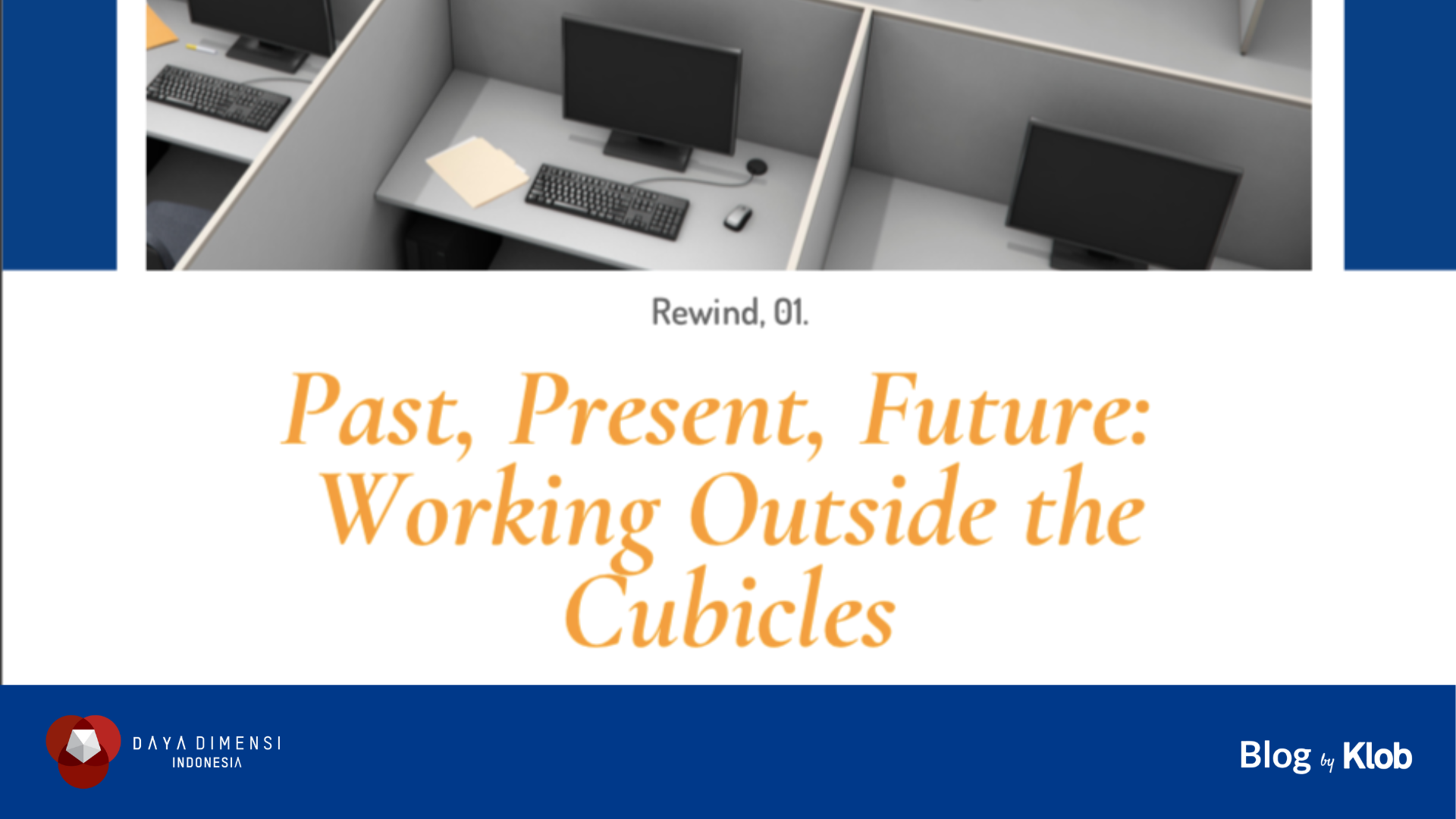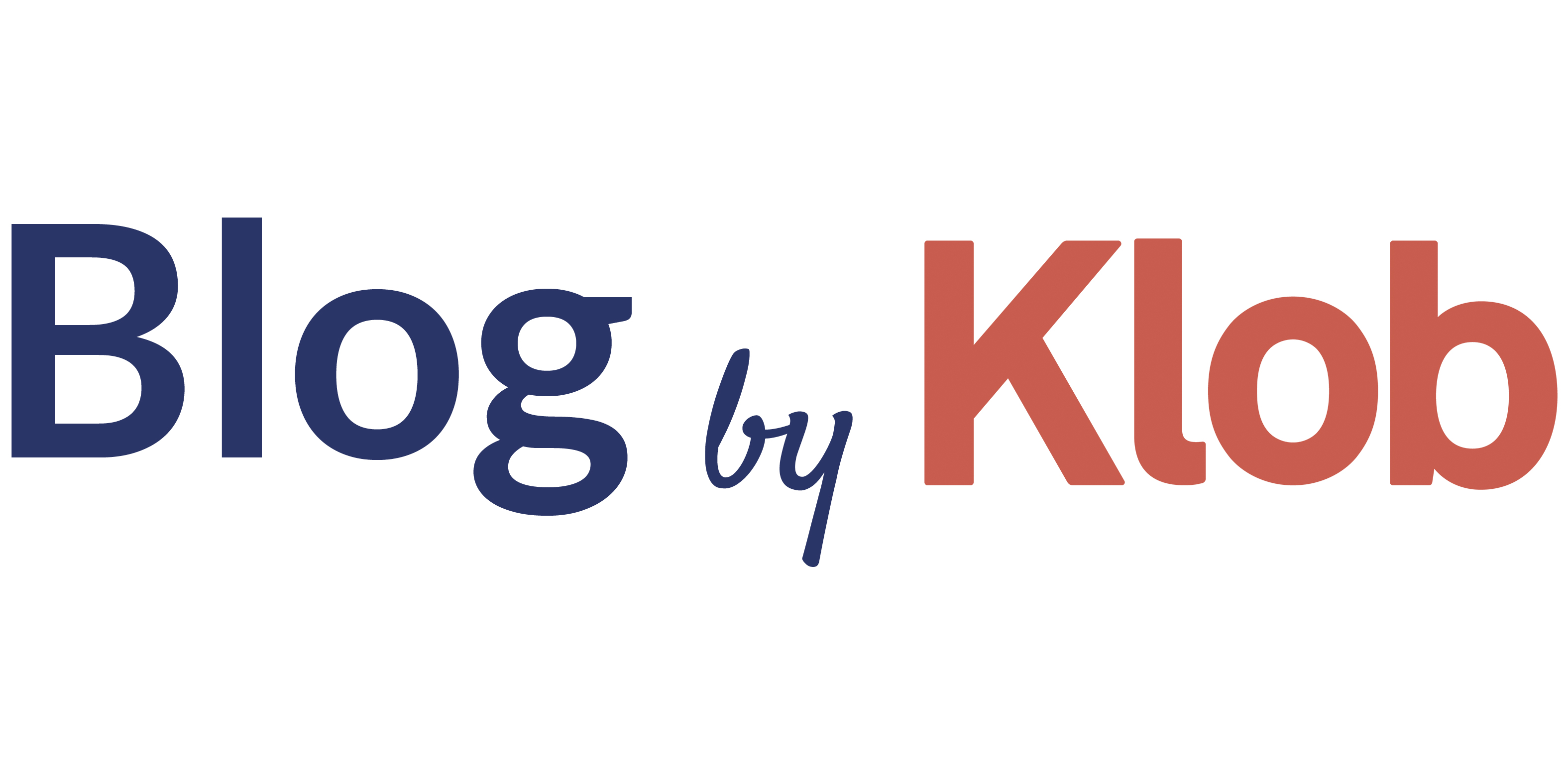
Past, Present, Future: Working Outside the Cubicles
As soon as the latest variants are announced to be endemic in some parts, offices are calling back their workers to go to the office. We found a divided response from employees, some of them dreaded commuting to the office while others were excited to finally be able to have lunch with colleagues. A survey from PwC found that 55% of employees prefer to work remotely at least three days a week. Yet 29% of the executives stated that to keep a strong company culture, people should at least show up in the office three days a week. Deciding on how, when, and where the work should be done in the near future will totally create friction and fluid discussion. But before deciding on how to do it, let us delve into the buzzword of Hybrid and Flexible Working.
What is Hybrid and Flexible Working?
The idea emerges from offices having to provide a hybrid workplace where some people are present and others are in the virtual realm. As we know, after spending almost 2 years of remote working, offices actually agree that remote working does not disrupt productivity. So offices need to accommodate a flexible working style where employees get to decide when and where they want to work.
The shorter workweek was actually not a novel concept, it was predicted long ago by John Maynard Keyness in the 1930s as he assumed that with technological advancement, people could spend fewer days going to work. Initially, workers spent 6 days a week in the factories and offices. Then Henry Ford coined the concept of 5/40 or 5 days a week, 8 hours a day as mandatory workday regulation. Since that time, people have been imagining how to make it even shorter. And now as everything can be automated, we can confidently demand a shorter workweek. But why do we demand so? Is it because we found an effective approach to get our job done or do we feel frustrated having to work 5 days a week?
Before we cut it shorter, let us learn from the history of shorter workweek implementation such as the 4-day workweek regulation. In the 1970s, some scientists conducted an experiment to see whether a shorter workweek can reduce fatigue, and improve productivity, and the well-being of employees. They compared a worker with a 5/40 and 4/40 work arrangement. The measurement relied on psychophysiological measurements such as reaction time, hand strength (left and right), body temperature, blood pressure, and psychological creativity test (Volle, Brisson, Perusse, Tanaka, Doyon, 1979). As a result, the employee has the same level of fatigue ness as they head towards the end of the week. From the result, we learned that shortening the hours or days does not guarantee to solve the perennial issue of employee burnout or fatigue. For example, small team managers are more likely to experience burnout meetings (Future Forum, 2021). To be wise and know how much work we should put into it depends on the size of the company, the proportion of senior and junior members, and also what kind of services or business that we offer. Managers and above are recommended to start reevaluating their work process and rethinking how the task is assigned, evaluated, and rewarded.
But there is one important thing to put forward when the real hybrid work takes place. It is psychological safety provided by everyone on the team, especially the leaders. Everyone’s circumstances might be different so we need to understand their situations if we are to have a flexible working style. It is called psychological safety, which means one can speak up without the risk of punishment or humiliation (Edmondson & Mortensen, 2021). It is proven to be the strongest predictor of team effectiveness as it allows people to be critical in the decision-making process, healthier team dynamics, and interpersonal communication which in turn can lead to greater innovation and execution. Providing psychological safety is creating a secure net within your team or even organization for people to have safe discussions on how to manage their work-life balance that most likely touches on their personal issues. This is important because managing your schedule to balance both lives requires openness and vulnerability which could be challenging. Leaders and managers need to go first taking this action so others would feel comfortable enough to do the same. This needs to be prioritized to overcome the prediction that perhaps new employees or women with kids would feel uncomfortable asking to work remotely or not being present enough at the office to help with the team.
Despite the debates around hybrid working, there are also other benefits that are already happening as was proven by PwC research at the end of 2021, where 71% of employees and 83% of employers have reaped the fruit of remote work. Another research found that employees who are given flexible hours to work increase their productivity by 53%. So given the facts, here are more things worth considering as beneficial impacts of remote working.
First is about time and location, if you are open to flexible schedules and remote places you can absolutely hire diverse talent from around the globe. This idea does not only add resourceful people to your organization, but it adds value to your cultural diversity and inclusion where people get to interact with many interesting cultures. Secondly, you will eventually redesign your office and cubicles considering to mitigate future pandemics where we have to measure a safe distance, sanitary and health protocols, and the way people are working will be different. Since not everyone will be at the office, you only need a few spaces for big team gatherings and a breakout room where they can work individually. Research from Microsoft Japan in 2022 found that the practice of remote working actually created many siloed communication and less interaction to collaboration from different departments (Yang et al, 2022). This will slow down knowledge and information sharing within the organization which in the bigger picture will affect cohesion. In that case. you might want to invest more heavily in technological support for collaboration rather than, say, redecorating the office lobby. For example, as Salesforce implemented this hybrid working as Success from Anywhere, they also created a few office plan suggestions such as flex, fully remote, and office-based. Flex is when employees can decide whether they want to come to the office or work from anywhere, fully remote are for those who are not obliged to come to the office which job or task can be done remotely, and then office-based is for those whose team is mandatory to work and maintain their duty at the office. The last but important point is rethinking and redesigning work and its meaning altogether. Our digital presence may not always guarantee productivity; we have to be clear and concise about everyone’s contribution to the meeting. Instead of conducting a back-to-back meeting, we should let people have the privilege to block their calendar for deep work, especially for departments like tech and software engineers. By giving them the time to manage their task, we enable them to have flow, a term coined by Csikszentmihalyi, that can improve their productivity and job satisfaction.
Now that we have everything in our hands to put the compressed and flexible workweek into practice, even better with advanced technologies to support, can we make the best out of it? Surely, this solution is not one- size-fits-all and we can always readjust according to our conditions. Yet considering the demand and proven impact, it is best to at least try and see how it goes. (NHB)
 |
Research Evidence from Employee Experience: Remote Meeting Survey Based on our survey regarding remote meetings, we found that the participants spend an average of 3.21 hours a day attending a remote meeting. While the average time spent in a day for remote meetings globally is only about 2.16 hours (Global Leadership Forecast, 2021). Thus, our survey found that 24% of the total participants perceived themselves as feeling fatigued because of remote meetings. This result is aligned with the survey that was done by CNN Indonesia, where they found that 77,3% of participants have experienced burnout during working from home. Aside from the findings above, our survey also discovered that to put the flexible working style into practice, employers have to consider the employees’ tenure, gender, and age. Based on the result of our survey, women, employees with lower tenure, and generation Z perceived themselves as feeling more fatigued than other employees. |
Read the last article by Daya Dimensi Indonesia here.




